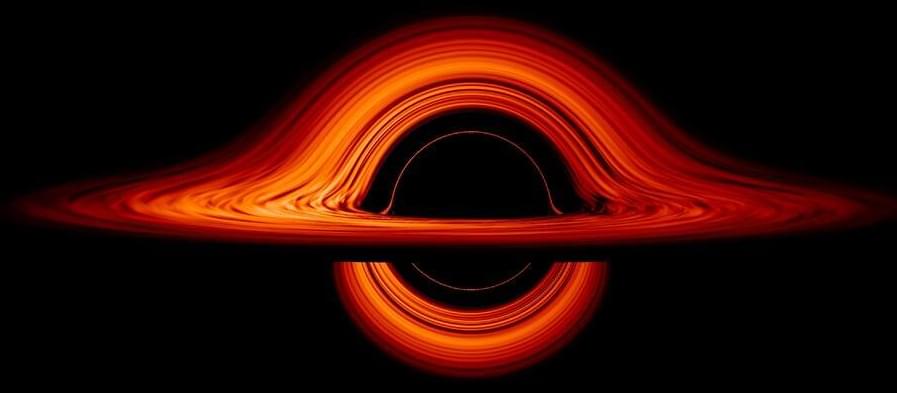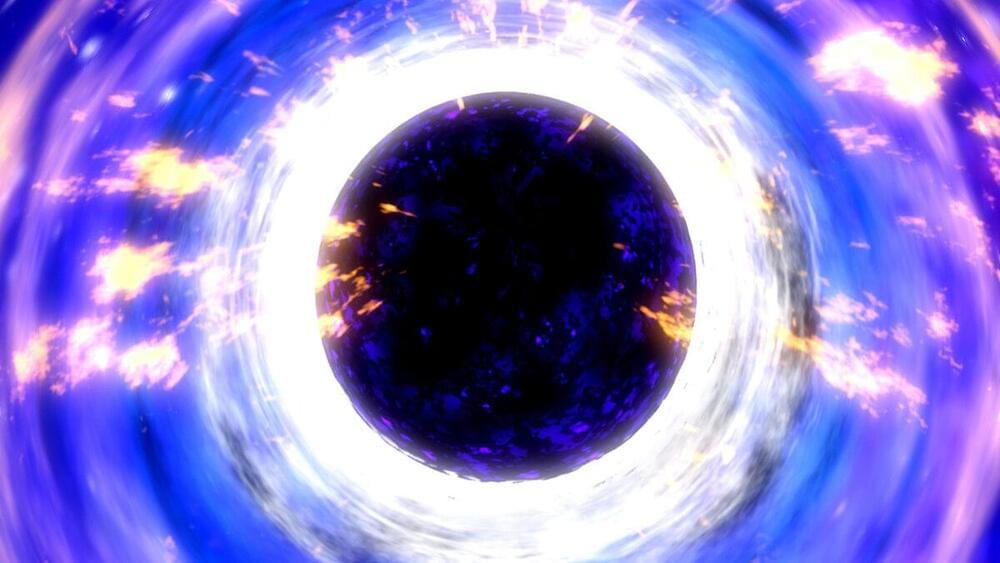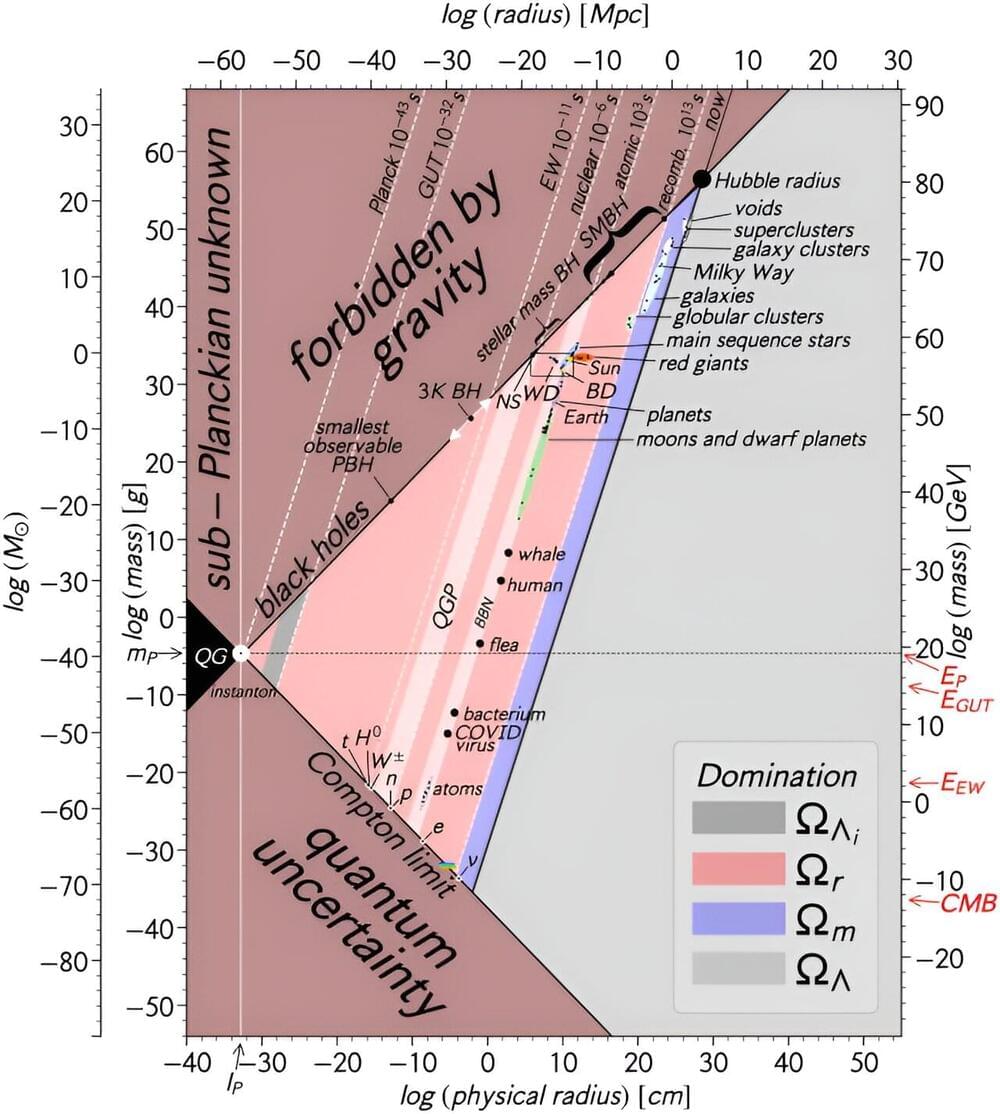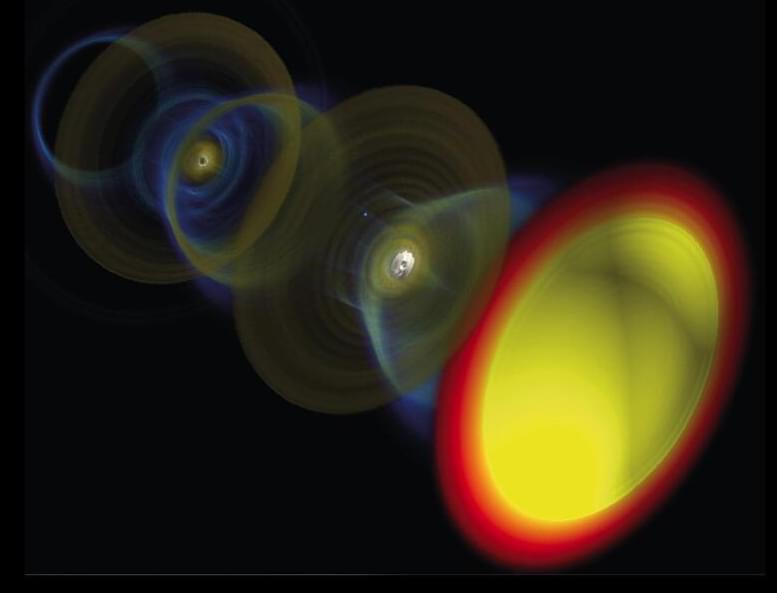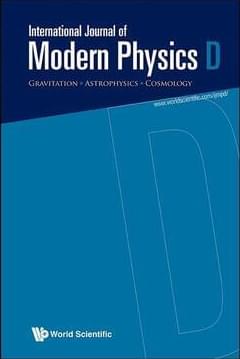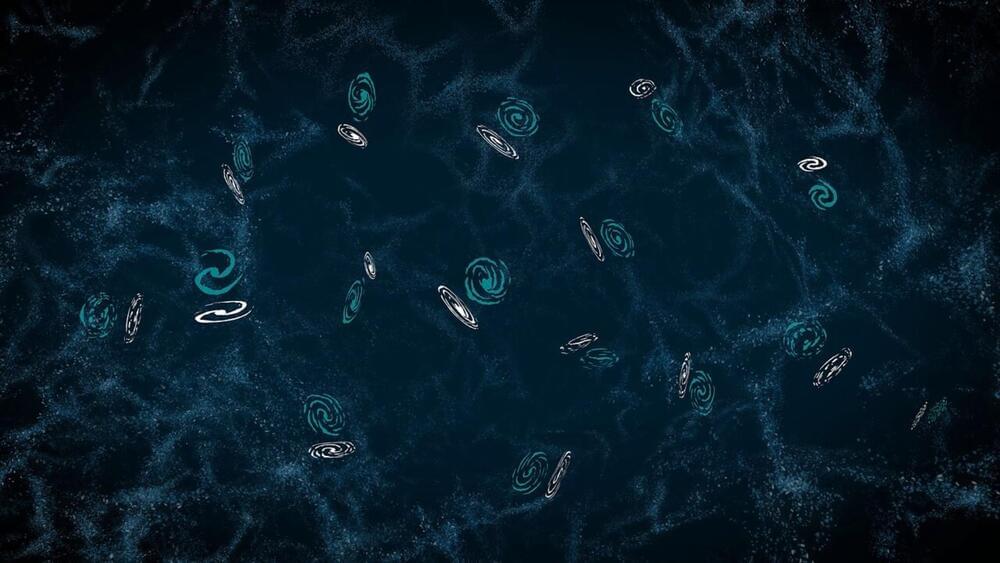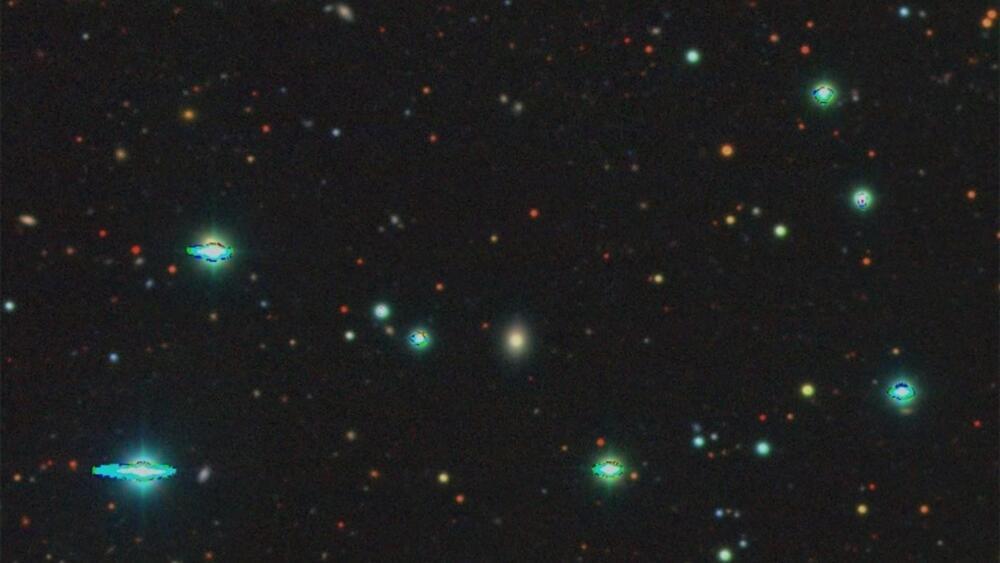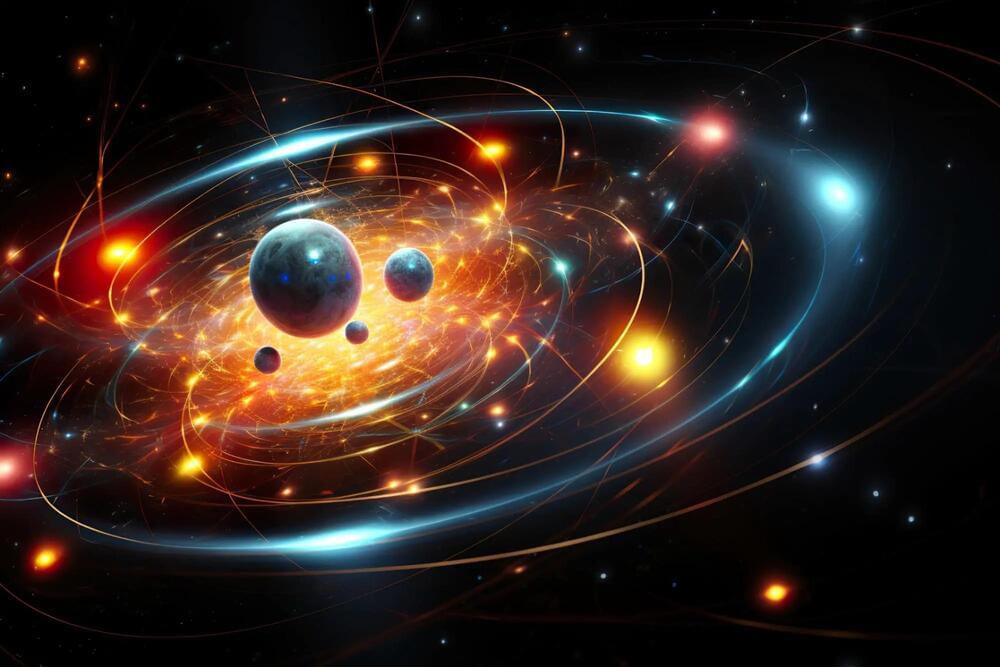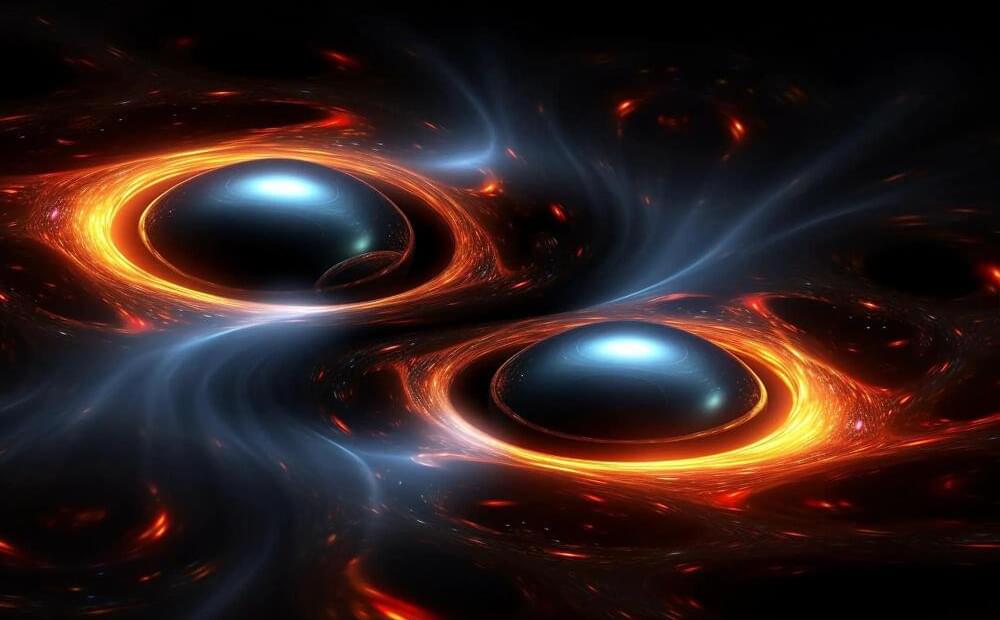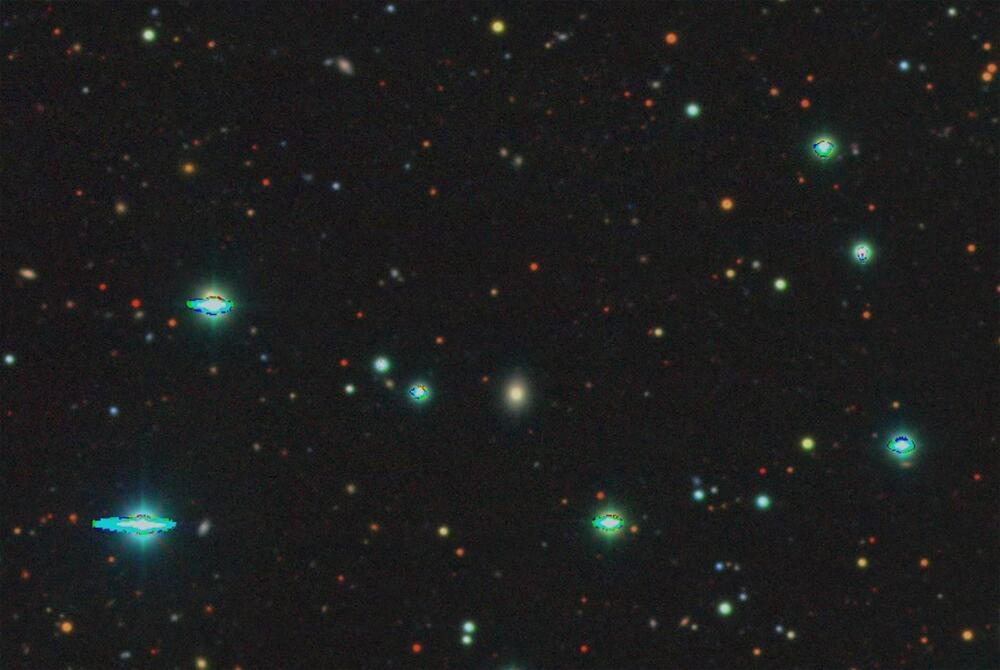Oct 20, 2023
“Pseudogravity” in crystals can bend light like black holes
Posted by Quinn Sena in categories: cosmology, physics
Scientists in Japan have managed to manipulate light as though it was being influenced by gravity. By carefully distorting a photonic crystal, the team was able to invoke “pseudogravity” to bend a beam of light, which could have useful applications in optics systems.
One of the quirks of Einstein’s theory of general relativity is that light is affected by the fabric of spacetime, which itself is distorted by gravity. That’s why objects with extremely high masses, like black holes or entire galaxies, wreak such havoc on light, bending its path and magnifying distant objects.
In recent studies, it was predicted that it should be possible to replicate this effect in photonic crystals. These structures are used to control light in optics devices and experiments, and they’re generally made by arranging multiple materials into periodic patterns. Distortions in these crystals, it was theorized, could deflect light waves in a way very similar to cosmic-scale gravitational lenses. The phenomenon was dubbed pseudogravity.
